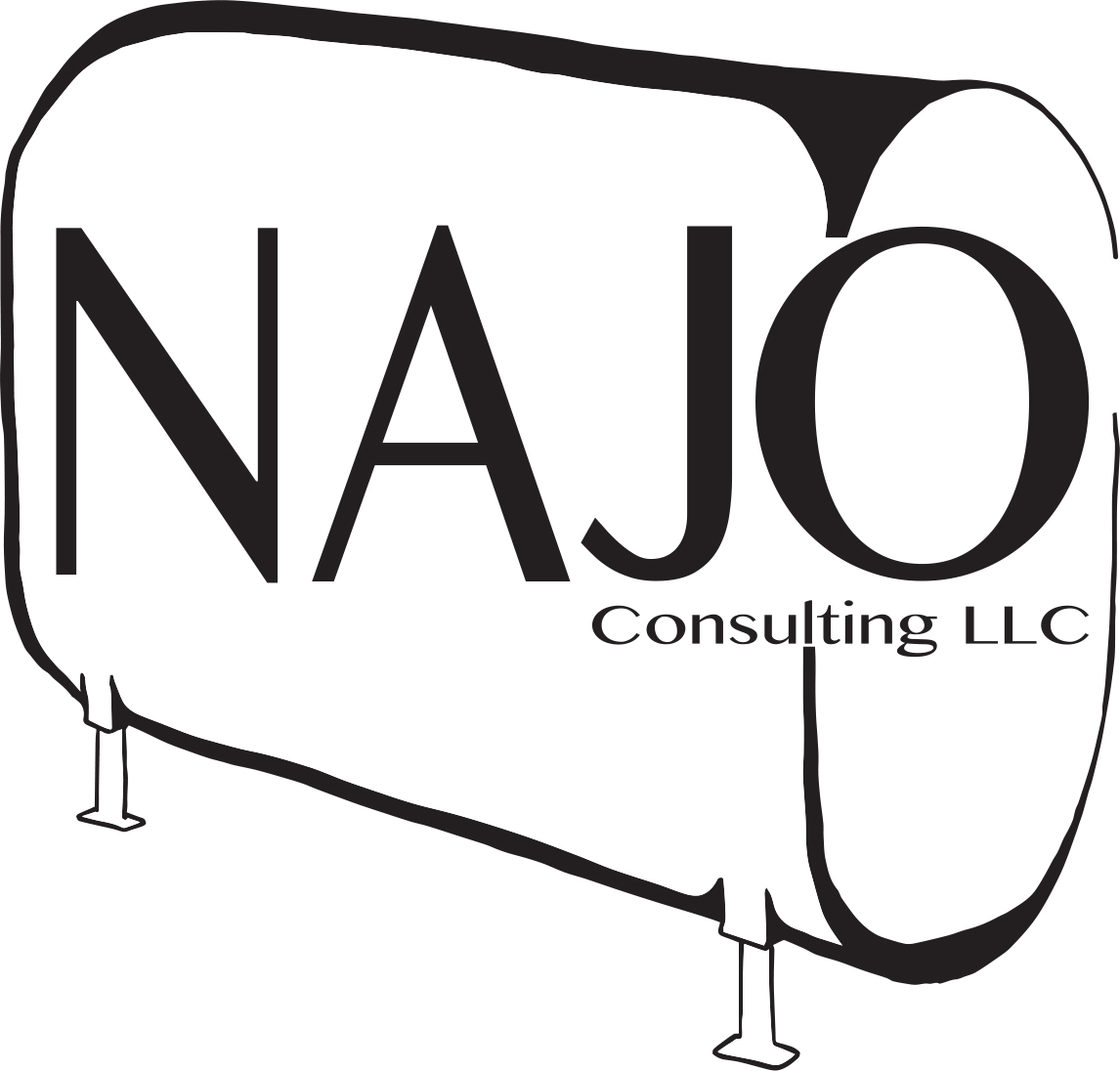Unmasking the Hidden Dangers: Lead Paint in NYC
Introduction:
New York City, with its iconic skyline and vibrant neighborhoods, is a city like no other. Yet, beneath its glittering façade, there's a hidden peril – lead paint. In this comprehensive guide, we'll delve deep into the world of lead paint in NYC. We'll explore its history, the associated risks, the regulations in place, and crucially, what actions you can take to protect yourself and your loved ones.
The Legacy of Lead Paint:
A Brief History: Lead-based paint was once hailed for its durability and rich colors, making it a popular choice for homes and buildings. However, this seemingly innocuous paint concealed a grave health threat, particularly to children. Even minuscule exposure to lead can result in severe and lasting health problems, particularly affecting the developing brains and nervous systems of young children.
Risks of Lead Exposure:
Lead poisoning is a serious concern, and it poses particular risks to children and pregnant women. In NYC, common sources of lead exposure include lead-based paint in older buildings, contaminated soil, imported goods, and even some traditional remedies.
Health Implications: Lead poisoning can lead to developmental delays, learning disabilities, and behavioral issues in children. It can also affect adults, leading to high blood pressure, fertility problems, and more.
NYC Regulations:
Recognizing the grave dangers of lead exposure, New York City has implemented strict regulations to address lead paint hazards. Local Law 1, enacted in 2004, is a cornerstone of these efforts. It aims to prevent childhood lead poisoning by targeting lead paint hazards in residential buildings constructed before 1960. Property owners have a legal obligation to identify and address lead paint hazards, especially in properties housing young children.
Lead Inspections and Remediation:
If you own or manage an older property in NYC, scheduling lead paint inspections is not just advisable, but essential. Trained professionals can assess the presence of lead-based paint and assist you in developing a remediation plan if necessary. Remediation may involve the careful removal or encapsulation of lead-based paint to prevent further exposure.
Protecting Your Family:
If you suspect lead-based paint in your home or rental property, there are concrete steps you can take to safeguard your family:
1. Inspections: Engage a certified lead inspector to thoroughly examine your property for lead-based paint.
2. Regular Cleaning: Frequent and thorough cleaning can significantly reduce lead dust and minimize exposure.
3. Renovations: When renovating an older property, hire certified contractors well-versed in lead-safe work practices.
4. Hygiene: Promote proper handwashing and hygiene practices, particularly for young children who are more susceptible to lead exposure.
5. Testing: If you have young children or are expecting, consider blood lead level testing to ensure early detection and intervention if necessary.
Conclusion:
Lead paint in NYC is a serious issue that demands attention and action. As a property owner or manager, you bear a responsibility to ensure the safety of your tenants, especially in older buildings. By adhering to NYC's lead paint regulations, conducting lead inspections, and implementing remediation when needed, you play a vital role in creating a safer and healthier city for all.
Take the first step towards safeguarding your property and the health of your loved ones. Schedule a professional lead inspection with NAJO Consulting today, and let's build a safer, lead-free future for NYC together. Your actions today will help ensure a brighter, healthier tomorrow for all New Yorkers. Contact us for a free estimate and lead the way to a safer city.

